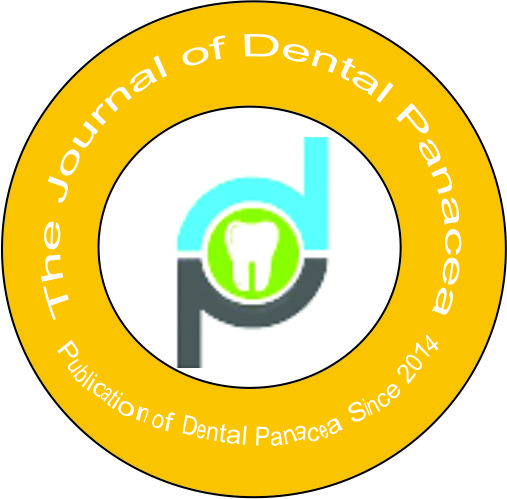Background: Wound closure plays a crucial role in maxillofacial surgery, influencing functional recovery, aesthetic outcomes, and post-operative complications. While simple interrupted sutures (SIS) and running subcuticular sutures (RSS) are commonly employed techniques, their comparative effectiveness in the retromandibular and submandibular regions remains underexplored.
Aim: To evaluate and compare wound healing, post-operative complications, and cosmetic outcomes associated with SIS and RSS in the retromandibular and submandibular regions.
Materials and Methods: A prospective comparative study of 40 patients assessed skin closure in the retromandibular and submandibular regions. Patients were randomly assigned to Group A (n=20, simple interrupted sutures) or Group B (n=20, running subcuticular sutures). Postoperative evaluations at 1 week, 1 month, 3 months, and 12 months measured cosmetic outcomes (PSAS), wound healing, complications, and patient satisfaction.
Results: Patient Scar Assessment Scale (PSAS) scores between the two groups. However, at the 12-month follow-up, patients in the RSS group exhibited significantly better scar appearance compared to those in the SIS group (p = 0.03). Similarly, wound healing scores were initially comparable between the two groups, but by 12 months, the RSS group demonstrated superior wound healing outcomes (p = 0.02). In terms of post-operative complications, there were no statistically significant differences between the groups for wound infection (p = 0.65), hemorrhage (p = 1.00), wound dehiscence (p = 0.15), and hypertrophic scarring (p = 0.08), indicating that both techniques had similar complication rates. However, patient satisfaction was notably higher in the RSS group, with 60% of patients reporting high satisfaction compared to only 25% in the SIS group (p = 0.0). 4
Conclusion: RSS results in improved long-term aesthetic outcomes, better wound healing, and higher patient satisfaction compared to SIS. However, both techniques demonstrate comparable post-operative complication rates. Given its superior cosmetic results, RSS may be preferable for facial incisions in the retromandibular and submandibular regions, provided the surgeon possesses the necessary technical expertise.
Keywords: Wound healing, maxillofacial surgery, Suturing techniques, Simple interrupted sutures (SIS), Running subcuticular sutures (RSS), Scar assessment, Post-operative
